[ ] The Cleaner is more than just an exhibition; it is an immersive and all-encompassing experience with great art-historical significance. (Rein Wolfs, director of the Bundeskunsthalle Bonn).
Last April 20, at the Bundeskunsthalle in Bonn, The Cleaner, a retrospective of the artist Marina Abramović, one of the most controversial figures in the international contemporary art scene, opened. The traveling retrospective, curated by Lena Essling, Tine Colstrup and Susanne Kleine, was made possible through a cooperation between the Moderna Museet in Stockholm, the Louisiana Museum of Modern Art in Humlebaeck and the Bundeskunsthalle in Bonn. The exhibition will land next Sept. 21 in Florence at Palazzo Strozzi and will be on view until Jan. 20, 2019.
Conceived together with Abramović, The Cleaner traces fifty years of her career through no less than one hundred and twenty works, including films, video installations, paintings, live performances, set designs, photographs and archival material, from the early 1970s to the present. The exhibition picks up and continues the 2010 retrospective at MoMA New York, an occasion for which Abramović created the performance The Artist is present, a seminal work in the artist’s personal life and career.
 |
| Marina Abramović |
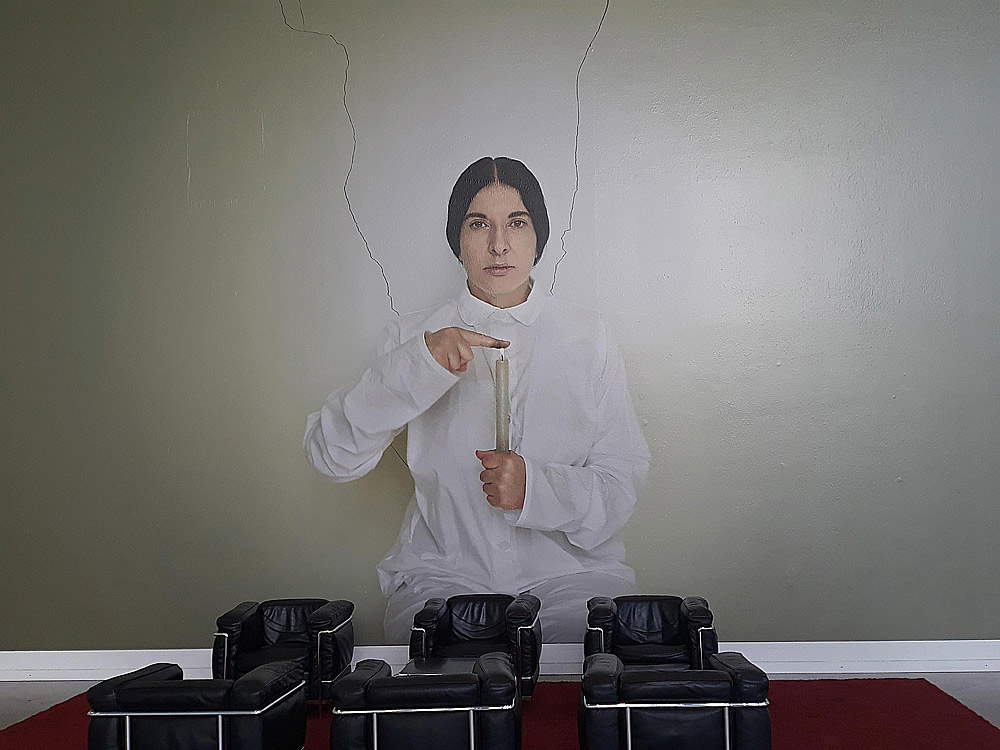 |
| Entrance to Marina Abramović’s exhibition The Cleaner at the Bundeskunsthalle in Bonn. Ph. Credit Francesca Della Ventura |
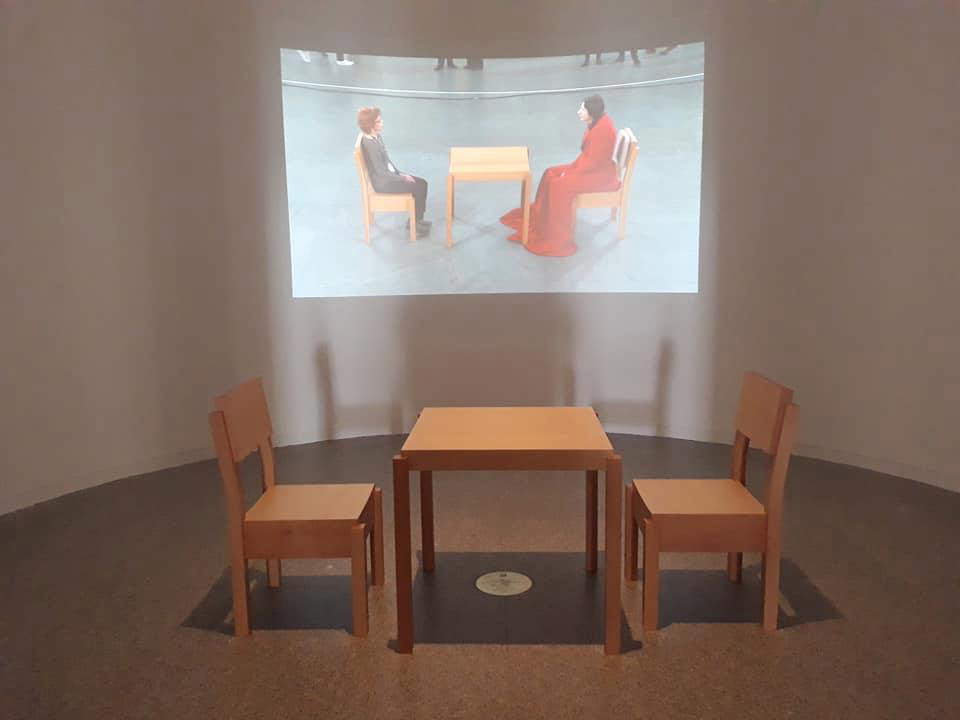 |
| Video installation The Artist is present. Ph. Credit Francesca Della Ventura |
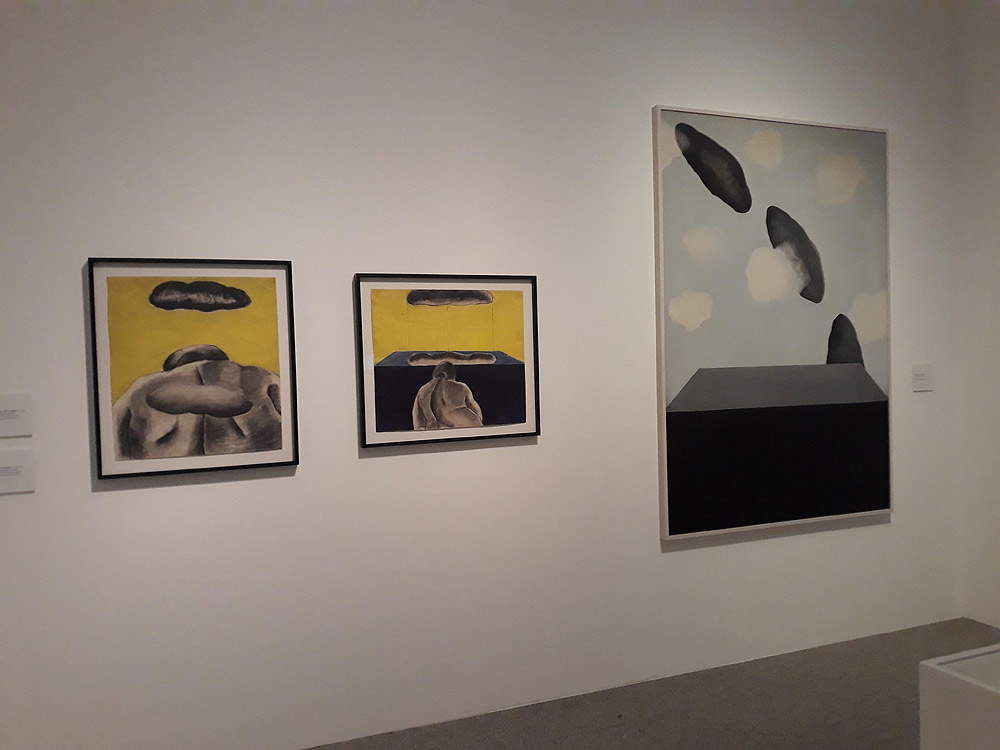 |
| Early works by Marina Abramović. Ph. Credit Francesca Della Ventura |
The exhibition at the Bundeskunsthalle begins precisely with the 2010 performance at MoMA with which Abramović was physically present for nearly three months at the New York museum. During the museum’s opening hours, in one of the rooms of the exhibition itinerary, the artist sat silently waiting for visitors to take their seats in front of her: sharing this encounter between strangers was a table. The emotions felt by the visitors ranged from joy to tears to anger. The first exhibition space hosting the exhibition at the Bundeskunsthalle aims to recreate, through a large video installation, precisely these strongly emotional moments of encounter between the artist and the visitor. In Bonn, then, too, it seems that the artist again wants to assert this constant presence, seeking to involve the visitor totally and immediately in a here and now that defines the very essence of performance as an artistic genre.
Born in 1946 in the Belgrade of former Yugoslavia, the artist, according to what she also recounts in her autobiography(Attraversare i Muri. UnAutobiografia, published in Italian by Bompiani), has always suffered from the religious and educational contrast between her parents, former communist partisans of the Tito era, and her fervent Catholic grandmother. The exhibition follows the different stages of the artist’s personal life and career: from his early figurative works made at the darti Academy in Belgrade, to his latest performances, which are characterized by a much longer time span than those of the early 1970s.
In the itinerary, between her first figurative paintings, exhibited just after the MoMA video installation, and her last performances that are part of the Abramović Method, there are all the works that made her known to the general public, both those made on her own and those in cooperation with the German artist Ulay during their long affective and working relationship (1976-1988). Through her performances, Abramović has sought to explore in its deepest meaning the themes of memory, grief, loss, trust, and physical and psychological resilience. The involvement of the audience as co-starring actors in her performances has been fundamental since the 1970s. In the retrospective, photographs, video-installations and re-performances once again allow the visitor to take part in Rhythm 10, Rhythm 0, Rhythm 5, Lips of Thomas and Art Must be Beautiful, Art Must be Beautiful, to name but a few of the most famous. In these, the body is used as the subject matter of the work itself, in a continuous experimentation with the self and the artistic process that allowed Abramović to become an immediate part of the European art scene of the early 1970s, then affected by the works of Joseph Beuys, Vito Acconci, Gina Pane, Valie Export, Charlotte Moorman, and Chris Burden. The constant presence of Christian, occult, and communist symbols in her performances often and willingly irritated her own audience, then as it might in today’s exhibition.
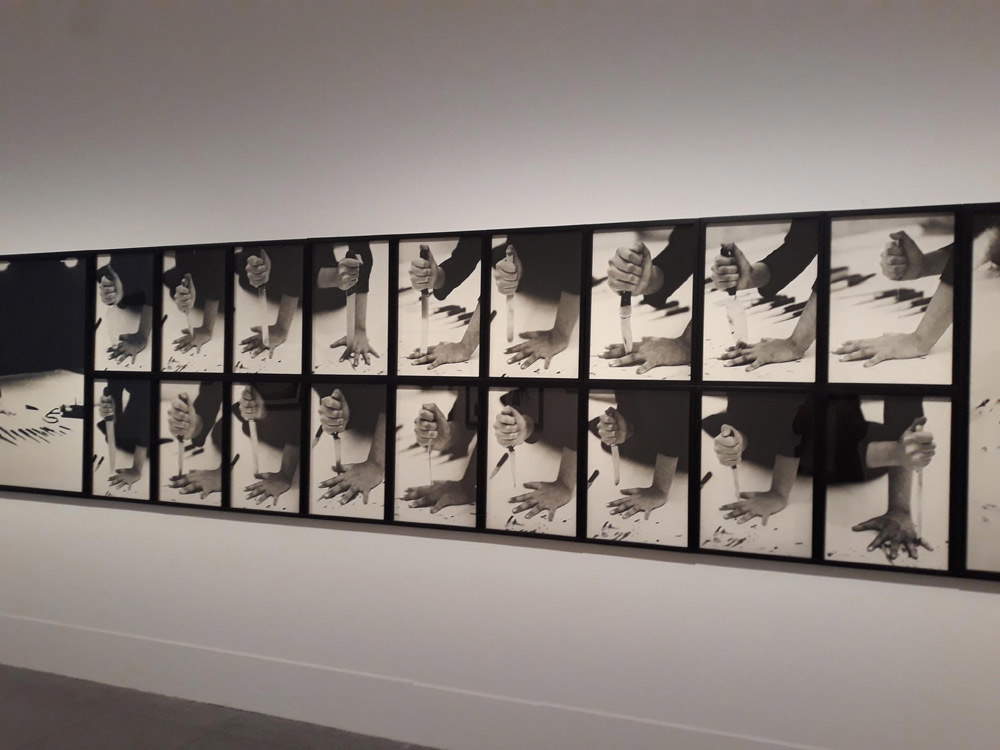 |
| Photographs illustrating the performance Rhythm 10, 1973. Ph. Credit Francesca Della Ventura |
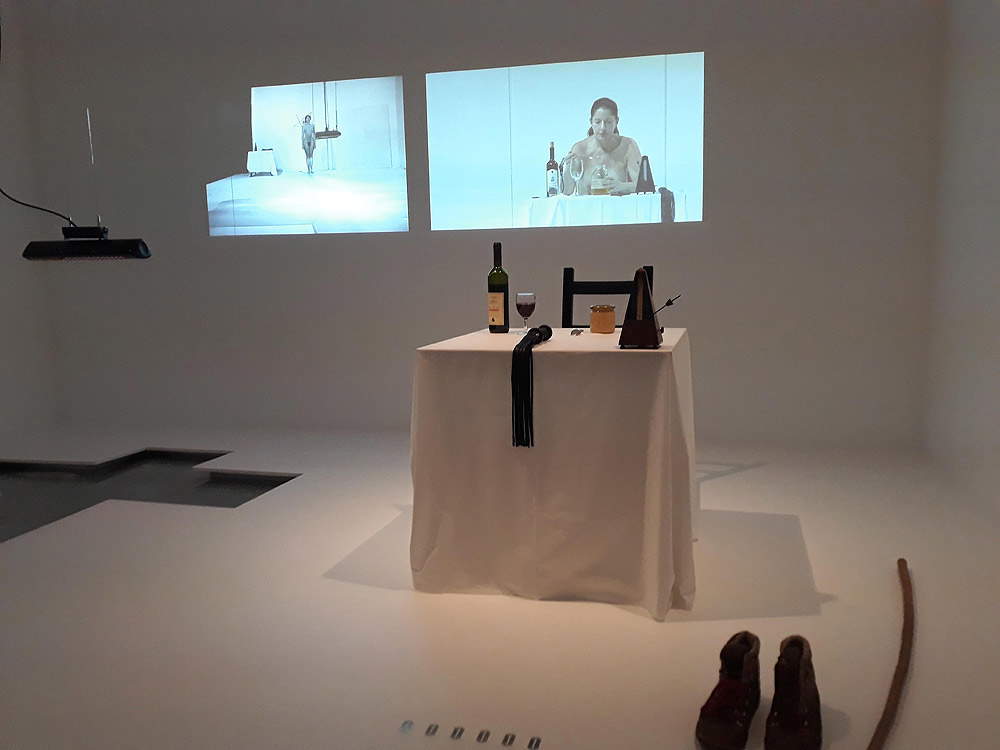 |
| Marina Abramović, Lips of Thomas, 1975. Ph. Credit Francesca Della Ventura |
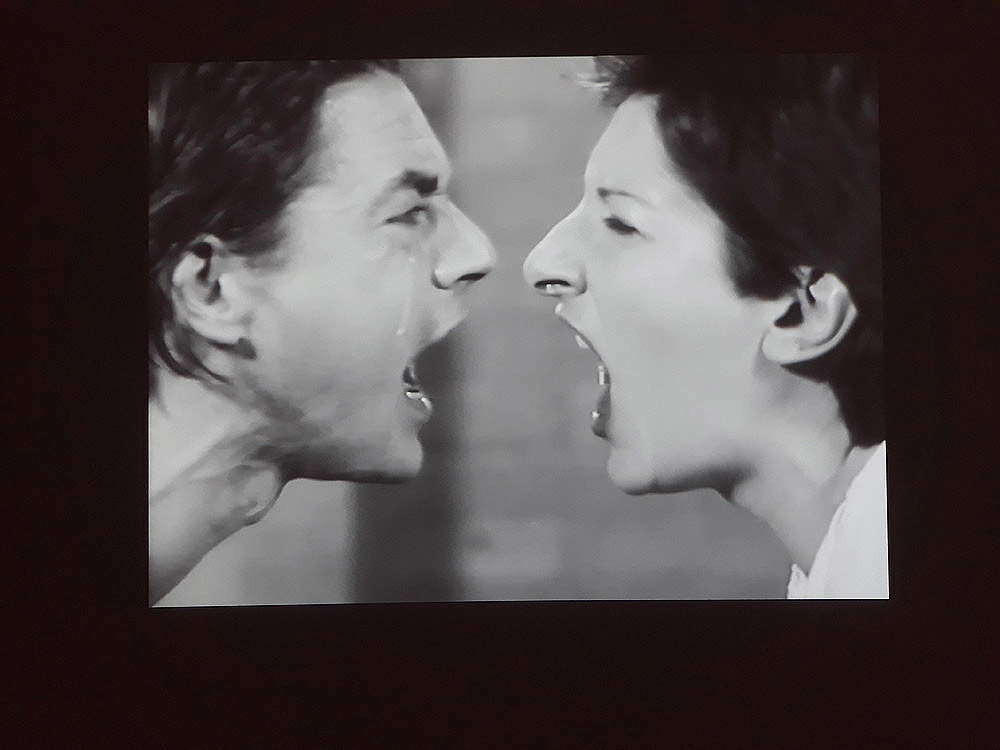 |
| Video of the performance AAA-AAA, 1977. Ph. Credit Francesca Della Ventura |
A large section of the retrospective is, of course, devoted to the artist’s relationship with Ulay, whom Abramović met in 1975 and moved with him to Amsterdam in 1976. For twelve years the two artists lived and worked together in a totally symbiotic relationship that ended in 1988 with the famous performance The Lovers. Just after her breakup with Ulay, Abramović was distraught: it was the end of an artistic partnership and a love affair and, therefore, she set out in search of her own identity and roots. In her performances in the early 1990s, the artist devoted her attention to the conflict that was bloodying her homeland, Serbia. Balkan Baroque, presented in 1997 at the Venice Biennale, dealt with the horrors and suffering of civil war: it was a depiction of hell in the midst of Venice’s artistic paradise. The retrospective features a video installation/ triptych that re-enacts the performance that won her the Golden Lion at the 1997 Biennale.
Travels to India, Australia, Brazil, Tibet and encounters with non-Western cultural traditions have had a great impact on Abramović’s personal and working life. The fruit of these travels are the transient objects, i.e., crystals, minerals, such as quartz, lametist, rhodian, which allow to achieve an exchange of vital energy between the objects themselves and the audience. The stones are tools through which the viewer is invited to interact, feeling the energy they emanate.
The last part of the retrospective is dedicated to the long-lasting performances, to which Abramović devoted herself in the last years of her career. Here the artist presents herself, for a more extended time (days, weeks or months), in situations structured around simple everyday acts, such as eating, drinking, sleeping, meditating, showering, as in the case, for example, of The House with the Ocean View, which will see a re-performance at the Bundeskunsthalle between June 12 and 24, 2018.
We thus come to the theme of re-performance as a method of keeping the performance itself alive. Indeed, Abramović is convinced that such a method, as it involves new audiences and new perfomers, brings about a change in the realization of the performance itself, helping to keep it alive in ever new contexts. Therefore, during the opening hours of the retrospective, it is possible to observe live re-performances, such as Imponderabilia (1977), Art Must be Beautiful, Art Must Be Beautiful (1975), Luminosity (1977), House with the Ocean View (2012), and Counting the Rice (2015), to name a few.
Whatever one’s personal judgment of the artist, one must admit that the exhibition at the Bundeskunsthalle, as a retrospective, fully meets the public’s expectations. It is a truly all-encompassing and engaging exhibition to which it is necessary to devote time: two hours are not enough to visit it. A fully successful retrospective in which each exhibition section fully intersects with the other and as a whole becomes one big performance in which the visitor is invited to actively participate. The challenge now will be to re-propose the same exhibition in Florence, in a different setting from the Moderna Museet in Stockholm or the Bundeskunsthalle in Bonn, which is the one in Palazzo Strozzi(here is an advance)... but for that we have to wait a few more months.
 |
| Video installation of the performance Coint on us, 2004. Ph. Credit Francesca Della Ventura |
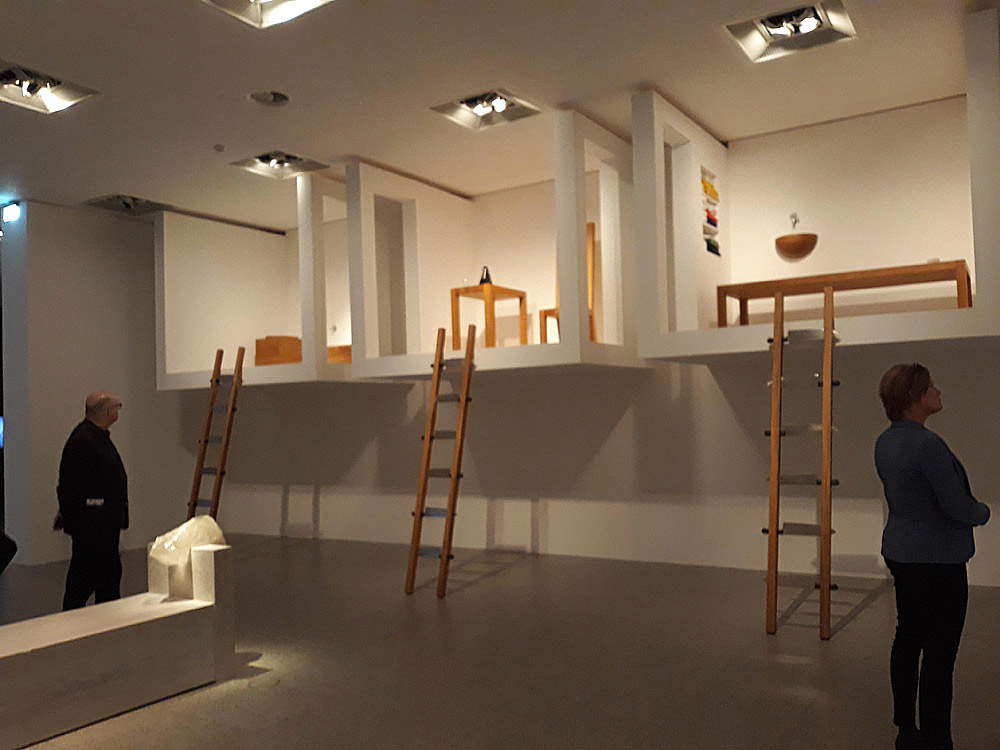 |
| Marina Abramović, The House with the Ocean View, 2012. Ph. Credit Francesca Della Ventura |
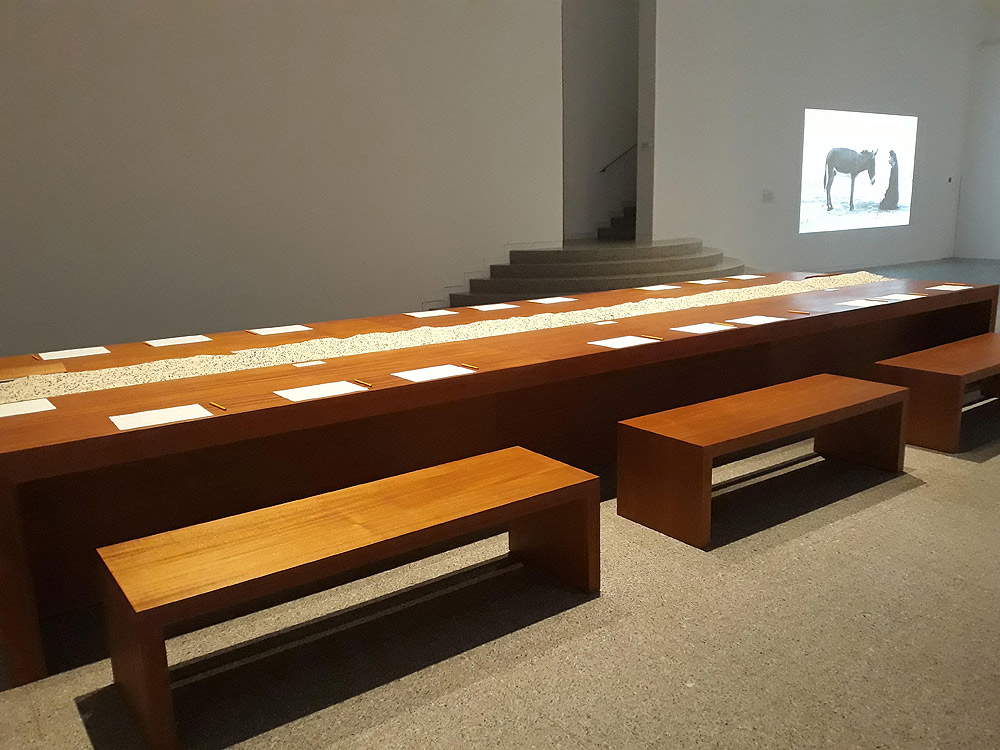 |
| Marina Abramović, Counting Rice, 2015. Ph. Credit Francesca Della Ventura |
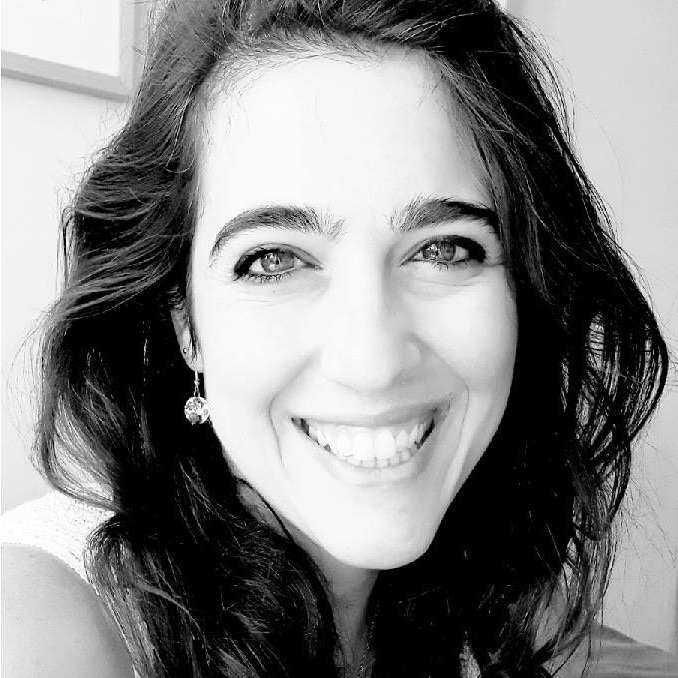
The author of this article: Francesca Della Ventura
Ha studiato storia dell'arte (triennale, magistrale e scuola di specializzazione) in Italia e ha lavorato per alcuni anni come curatrice freelancer e collaboratrice presso il Dipartimento dei Beni Storici, Artistici ed Etnoantropologici del Molise (2012-2014). Dal 2014 risiede in Germania dove ha collaborato con diverse gallerie d'arte e istituzioni culturali tra Colonia e Düsselorf. Dallo stesso anno svolge un dottorato di ricerca in storia dell'arte contemporanea all'Università di Colonia con una tesi sul ritorno all'arte figurativa negli anni Ottanta in Germania e Italia. Nel 2018 è stata ricercatrice presso l'Universidad Autonoma di Madrid. Ha scritto sull'identità tedesca e italiana nell'arte contemporanea e nella politica, sul cinema tedesco e italiano del dopoguerra e grazie a diverse borse di studio D.A.A.D. ha presentato la sua ricerca a livello internazionale. Attualmente i suoi temi di ricerca riguardano l’arte degli anni Ottanta, in particolar modo quella femminista. Dal 2020 è entrata a far parte del gruppo di ricerca dell’Universitá di Bonn “Contemporary Asymmetrical Dependencies” con un progetto di ricerca sulla costruzione dei nuovi musei e delle condizioni di dipendenza asimmetrica dei lavoratori migranti nell’isola di Saadyat ad Abu Dhabi. Nell'ottobre 2020 ha fondato inWomen.Gallery, galleria online, sostenibile e per artiste. Dal 2017 lavora come giornalista d'arte per la rivista online e cartacea Finestre sull'Arte.Warning: the translation into English of the original Italian article was created using automatic tools. We undertake to review all articles, but we do not guarantee the total absence of inaccuracies in the translation due to the program. You can find the original by clicking on the ITA button. If you find any mistake,please contact us.